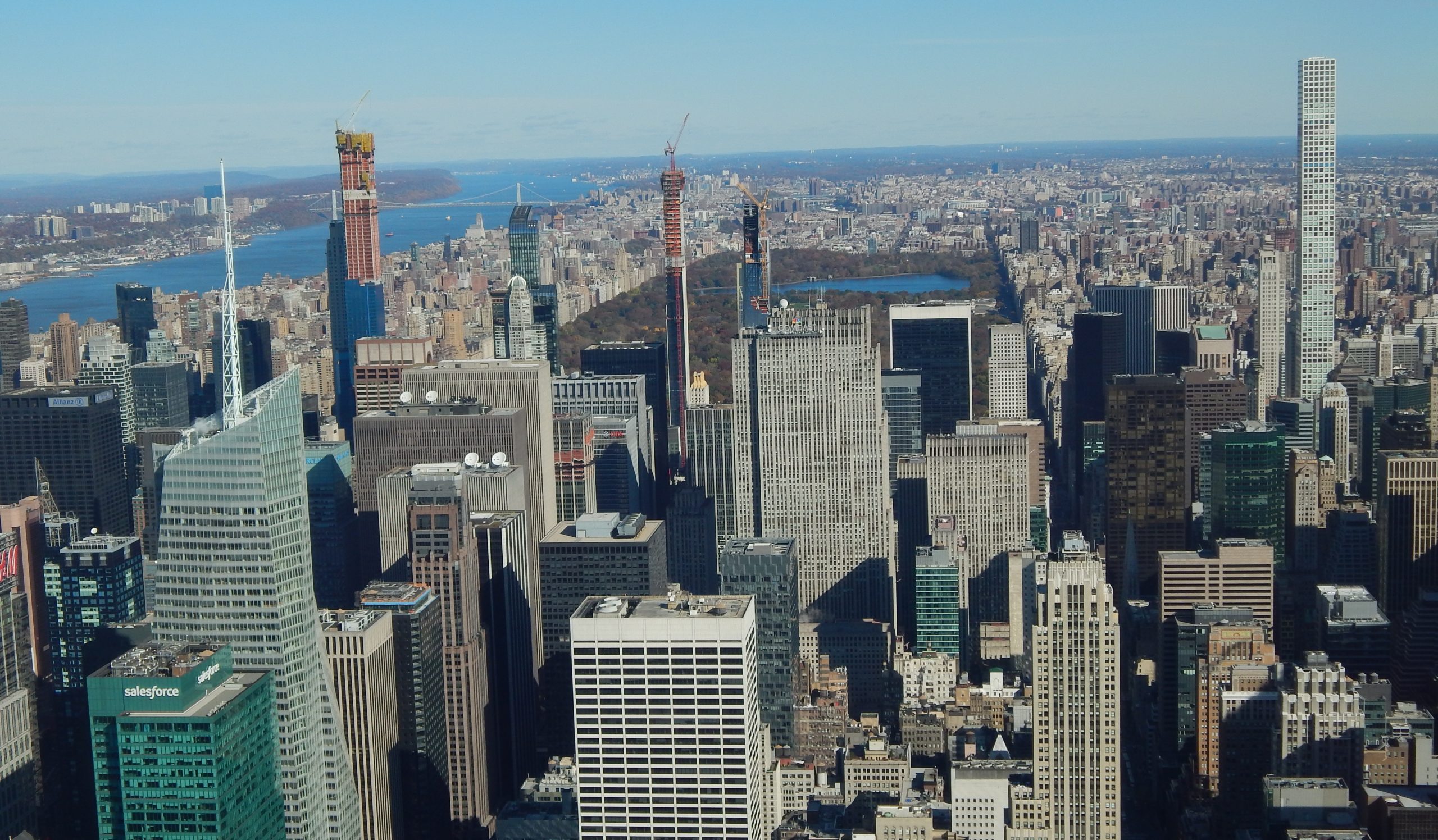
I’ve made history into front-page news: On the 400th anniversary of Henry Hudson’s arrival, I read his first mate’s log and linked the first recorded murder in New York to the contemporary debate over racial profiling-naturally, the Dutch sailors blamed it on a Native American. Its relevance to current events is overlooked.

SR: When one of the students in Alan Bennett’s play The History Boys is asked by his teacher to define history, he pauses for a moment and replies, more or less, “It’s one damn thing after another.” Too often history is taught by rote and students are rated on their skill at memorizing names, places, dates. The New Taste: Join AD Experts at the Kitchen Workshop ArrowĪD: What is it about New York that has led you to build your career around reporting on it and its history? Green, who more than anyone deserves to be magnified as the father of greater New York Langdon Post, who built the first public, low-income housing project in the nation and Paul Antonio, a Greek immigrant carpenter from Manhattan who cast the first ballot in the United Nations Security Council. Jervis, a self-taught engineer who masterminded the construction of the city’s water supply system Andrew H. Stewart, who invented the department store John B. To name a few: John Jay, who agreed to become secretary of state only if Congress moved the nation’s capital to New York A.T. SR: Like the buildings in the book, I found so many fascinating people eclipsed by our obsession with celebrity. Who were the lesser-known people you knew you wanted to highlight? “Thereafter they shape us.”ĪD: You write about some of New York’s best-known historical figures, such as Boss Tweed, as well as people that readers may not be familiar with. Writing about artifacts and buildings turns out to be a lot like writing biographies: You are looking behind the veneer of inanimate objects and discovering that they have lives of their own. I’ve learned how our Dutch heritage made New York unique, how the city’s rich 400-year history has engineered who and what we are today. My job indulges my curiosity in a city where the only constant is change. SR: Covering urban affairs for the Times has been like being paid to get a graduate degree. Is there anything that you were surprised to learn while putting this book together?

Add to that much-missed list, for starters the old Metropolitan Opera House, the original Madison Square Garden, the Singer Building, Ebbets Field, the Vanderbilt Mansion on Fifth Avenue and 57th Street, the New York World Building, Lüchow’s Restaurant, and the Biltmore Hotel.ĪD: You’ve written extensively on New York throughout your career at the Times and in your books. At least its demolition, beginning in 1963, triggered precedent-setting legal protections that spared other architectural treasures worth preserving not only in New York, but around the nation. SR: Lost landmarks? In a city that has expanded its borders primarily by landfill since 1898-not by annexation like metropolises in the Southwest-and that perpetually recycles its real estate, the litany is funereal. When people suggest one I left out, I tell them it would have been the 28th.ĪD: Are there any New York buildings that are now gone that you wished you could have included? The challenge was in whittling the list down from those that had been declared worth saving by the city’s Landmarks Preservation Commission and those that for one reason or another were not: Either they were forgotten their significance in the city’s evolution had been overlooked or they were deemed, solely by architectural criteria, incidental. SR: My History book was never intended to be complete or comprehensive. AD: Were there some buildings that you were close to including? Why didn’t they make the cut?


 0 kommentar(er)
0 kommentar(er)
